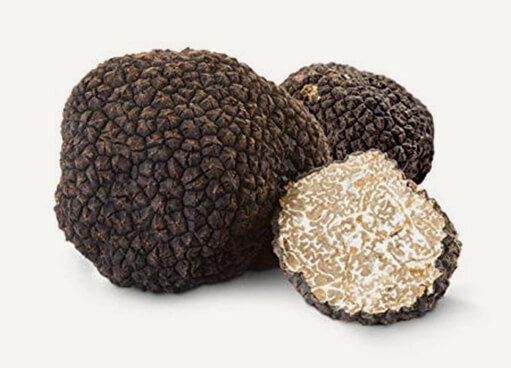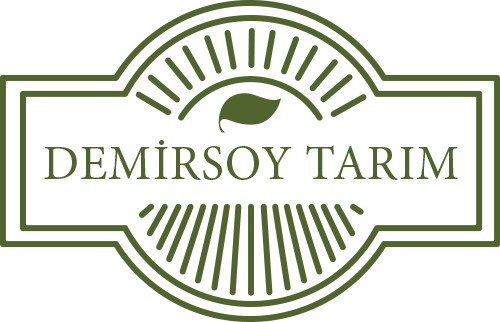Truffle
Truffles, which do not resemble the capped mushrooms we know, grow underground like potatoes, have hundreds of varieties, and whose scientific name is the word “tuber”, meaning tuber, are called truffles.
What is Truffle?
The word truffle came to our language from English and French. Truffle mushrooms can have different appearances depending on their type. For example, some have flat tops like potatoes, while others are covered with black warts.
Truffle mushrooms form in the roots of plants as a result of the symbiotic life established by plants with fungi in nature. This symbiosis is called mycorrhiza. Mycorrhizal life is very important for plants. Some capped mushrooms also show mycorrhizal properties. Truffles, formed by mycorrhizal development on the roots of oak, hazelnut, linden, chestnut and pine trees, reach the average egg size and are found by animals such as pigs and dogs thanks to the smell they emit when they mature.
They especially proliferate when wild boars that eat these mushrooms carry the spores to other areas with their feces. It is more commonly hunted with specially trained dogs. Although there are many types of truffle mushrooms, the species with economic value are Tuber Magnatum (white), Tuber Melanasporum (winter black), Tuber Aestivum (summer black). In recent years, truffles have been enabled to live together with selected plants through studies carried out in laboratory and greenhouse environments. This practice, which has been carried out for decades around the world, started in our country, albeit late. Truffle cultivated seedlings are produced in special greenhouses.

Use of Truffle Mushrooms
Fresh truffle, one of the leading gourmet tastes around the world, is grated raw, using a special grater, on all kinds of prepared (preferably hot) dishes. The truffle aroma released by the heat of the food it is grated on adds new flavors and aromas to that dish. The simplest preparation of a potato, fried egg or plain buttered pasta can instantly turn into a feast that has been sought after for centuries with 10-15 grams of grated truffle slices. Demirsoy Tarim sells fresh Tuber aestivum, “Summer Black” and Tuber melanosporum “Winter Black” Truffle Mushrooms, which it procures from its own farm or from nature, depending on the season.
Contact us to buy fresh truffles.

Truffle Hunters: Our Lagotto Romagnolos
Truffle Hunters: Lagotto Romagna Our specially bred dogs: our dogs, to find the precious truffle called “black diamond” hidden under the ground.
It is very important to collect truffles when they are ripe. Raw truffles cannot ripen after they emerge from the soil. Since the scent of unripe truffles is not at the desired level, they do not have a sales value.
It is very difficult for a person to understand whether the truffle is ripe or not. Only dogs and pigs can smell the ripe mushrooms under the ground. Truffle hunting without a dog is difficult and results in wastage of the truffles found.
When hunting for truffles, Lagotto Romagnolo dogs are among the dog breeds that can smell this scent best. Lagotto Romagnolos are a swimming hunting dog breed of Italian origin. As Demirsoy Tarim, we have 11 trained Lagotto Romagnolo truffle hunting dogs. We constantly hunt for truffles with these dogs, both in nature and in our own truffle gardens. We are also training new truffle hunting dogs.
